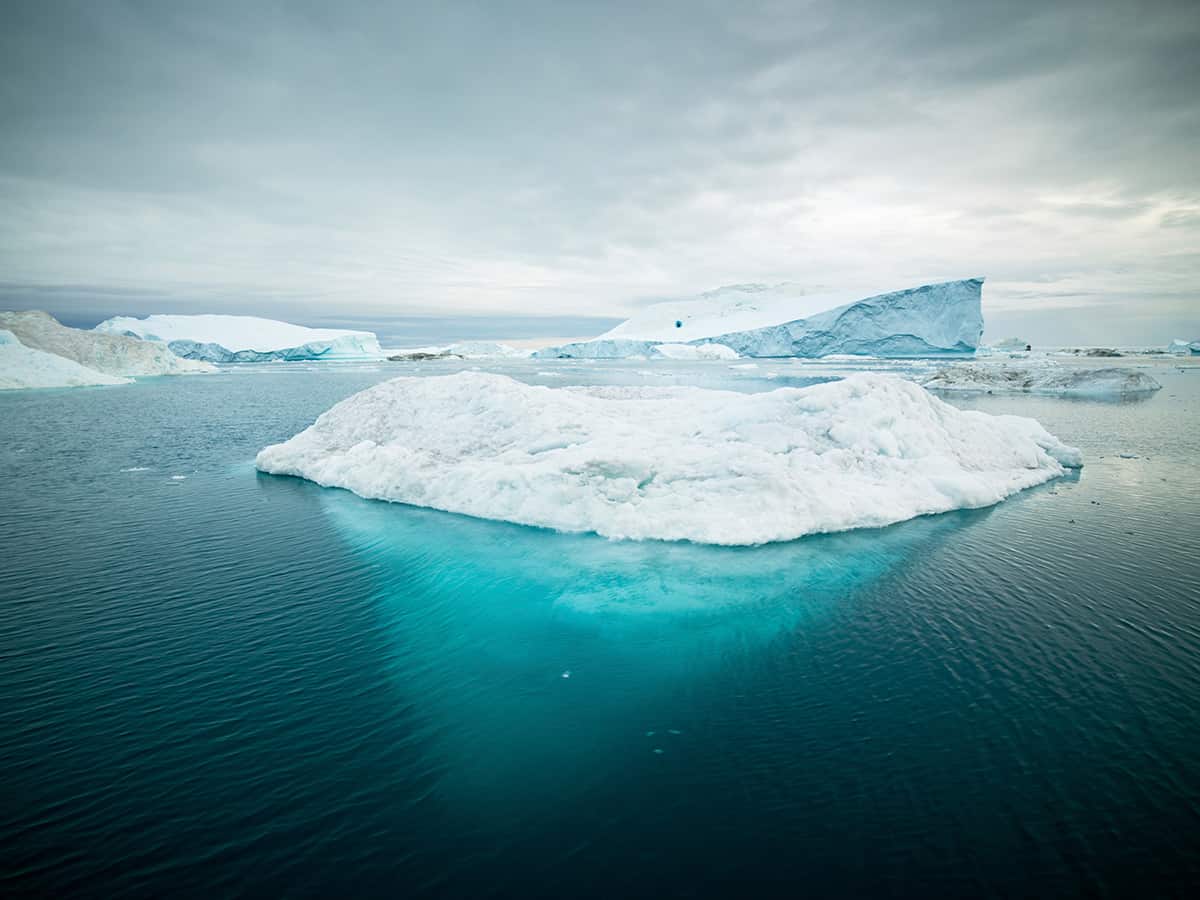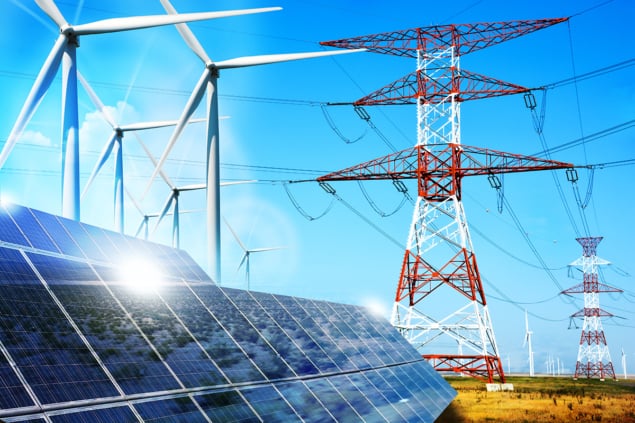IPCC’s climate report: the future’s not looking good
17 Oct 2018 Dave Elliott
The Intergovernmental Panel on Climate Change (IPCC) SR15 special report looks at how to keep global temperature rise to 1.5 °C. Even if that was possible, impacts would be severe, but they’d be much worse at 2 °C.
The IPCC report puts it positively, highlighting a number of climate change impacts that could be avoided by limiting global warming to 1.5 °C compared to 2 °C, or more. For instance, by 2100 global sea level rise would be 10 cm lower with global warming of 1.5 °C compared with 2 °C. The likelihood of an Arctic Ocean free of sea ice in summer would be once per century with global warming of 1.5 °C, compared with at least once per decade with 2 °C. Coral reefs would decline by 70-90% with global warming of 1.5 °C, whereas virtually all (> 99%) would be lost with 2 °C. Even so, it’s all a little sobering, as was Carbon Brief’s attempt to summarize likely impacts.READ MORE

Can these impacts be avoided? The UN’s Paris Agreement aimed to help us stay “well below” 2 °C, but the chance of the world doing that is now “almost zero”, PWC consultancy has said, given that the gap between the current decarbonization rate and that needed to stay under 2 °C was widening. Among the G20 countries, China led with a decarbonization rate of 5.2%, with Mexico, Argentina, the UK and Brazil behind it. But, PWC said, “not one of the G20 countries achieved the 6.4% rate required to limit warming to 2 °C this year”.
Balancing act
So what happens next? SR15 presents some grim realities. It still insists that it can be done, but “limiting global warming to 1.5 °C would require ‘rapid and far-reaching’ transitions in land, energy, industry, buildings, transport, and cities. Global net human-caused emissions of carbon dioxide (CO2) would need to fall by about 45% from 2010 levels by 2030, reaching ‘net zero’ around 2050. This means that any remaining emissions would need to be balanced by removing CO2 from the air.”
So SR15 backs negative carbon/carbon dioxide removal (CDR) as a last ditch corrective: “Allowing the global temperature to temporarily exceed or ‘overshoot’ 1.5 °C would mean a greater reliance on techniques that remove CO2 from the air to return global temperature to below 1.5 °C by 2100. The effectiveness of such techniques are unproven at large scale and some may carry significant risks for sustainable development.”READ MORE

Nevertheless, the IPCC says “in pathways limiting global warming to 1.5 °C with limited or no overshoot, BECCS deployment is projected to range from 0–1, 0–8, and 0–16 GtCO2/yr in 2030, 2050, and 2100, respectively, while agriculture, forestry and land-use (AFOLU)-related CDR measures are projected to remove 0–5, 1–11, and 1–5 GtCO2/yr in these years,” but it adds “some pathways avoid BECCS deployment completely through demand-side measures and greater reliance on AFOLU-related CDR measures”. In some scenarios there is also some fossil fossil CCS, maybe as a sop to coal-intense countries and the fossil fuel lobby.
Renewed energy
However, the main way ahead is evidently seen as via renewables. In the IPCC’s best scenario, with low energy demand and low or no carbon overshoot, renewables supply 60% of global electricity by 2030, moving up to 81% by 2050. Though in that scenario the IPCC sees nuclear power expanding by 59% (from its 2010 level) by 2020 and by 150% by 2050. Or much more in some higher demand scenarios. Are either of these expansions possible? Nuclear is at 10.5% at present globally, and mostly stalled. SR15 notes that, while in some scenarios nuclear expands, in others (and in some countries) it declines, or no longer plays a role. By contrast, renewables are at 26.5% and booming in most places, with costs falling. They seem a better bet — IPCC says, with “high confidence”, that they should be able to supply between 70–85% of global electricity in 2050.

While that is good news, some issues emerged in the run-up to the IPCC report that may need to be considered. For example, though hydro is expanding, not everyone backs large hydro, given its large local environmental and social impacts, and it is also becoming clear that climate change is having a significant impact on water supply for hydro projects.
Blowing in the wind
There are also some disputes about wind power impacts. A new Harvard study says the mass deployment of wind turbines would alter local thermal balances: “warming arises, in part, from turbines redistributing heat by mixing the boundary layer”. The researchers add that “the warming effect is small compared with projections of 21st century warming, approximately equivalent to the reduced warming achieved by decarbonizing global electricity generation, and large compared with the reduced warming achieved by decarbonizing US electricity with wind”. They estimate that “generating today’s US electricity demand (0.5 TWe) with wind power would warm continental US surface temperatures by 0.24 °C”. So “for the same generation rate, the climatic impacts from solar photovoltaic systems are about ten times smaller than wind systems. Wind’s overall environmental impacts are surely less than fossil energy. Yet, as the energy system is decarbonized, decisions between wind and solar should be informed by estimates of their climate impacts”. Sounds like an anti-wind/pro-solar line, but that perspective conflicts with the result from Stanford University work suggesting that, by reducing water vapour in the air, wind turbines would cut warming. And a Forbescorrespondent also came to the defence of wind — there were no net temperature changes, just a transfer of heat.
Even so, with issues like that around, it’s understandable that some see carbon negative options as important. However, as I have noted in earlier posts, some say BECCS, Biomass with CCS, will undermine carbon sinks and biodiversity and some think that protecting forests would be a better bet. Indeed, the IPCC warns that “most current and potential CDR measures could have significant impacts on land, energy, water, or nutrients if deployed at large scale”. It’s not easy being green.
Certainly the task ahead is daunting. The IPCC says: “Climate change impacts and responses are closely linked to sustainable development which balances social well-being, economic prosperity and environmental protection. The United Nations Sustainable Development Goals (SDGs), adopted in 2015, provide an established framework for assessing the links between global warming of 1.5 °C or 2 °C and development goals that include poverty eradication, reducing inequalities, and climate action”. And it claims that “the avoided climate change impacts on sustainable development, eradication of poverty and reducing inequalities would be greater if global warming were limited to 1.5 °C rather than 2 °C, if mitigation and adaptation synergies are maximized while trade-offs are minimized”. That seems obvious enough, but can it be done? Not least given the fact that not everyone is convinced that the IPCC report says much that is new and some remain convinced that the whole thing is a scam.
30/10/2018 FROM PHYSICSWORLD.COM

Δεν υπάρχουν σχόλια:
Δημοσίευση σχολίου